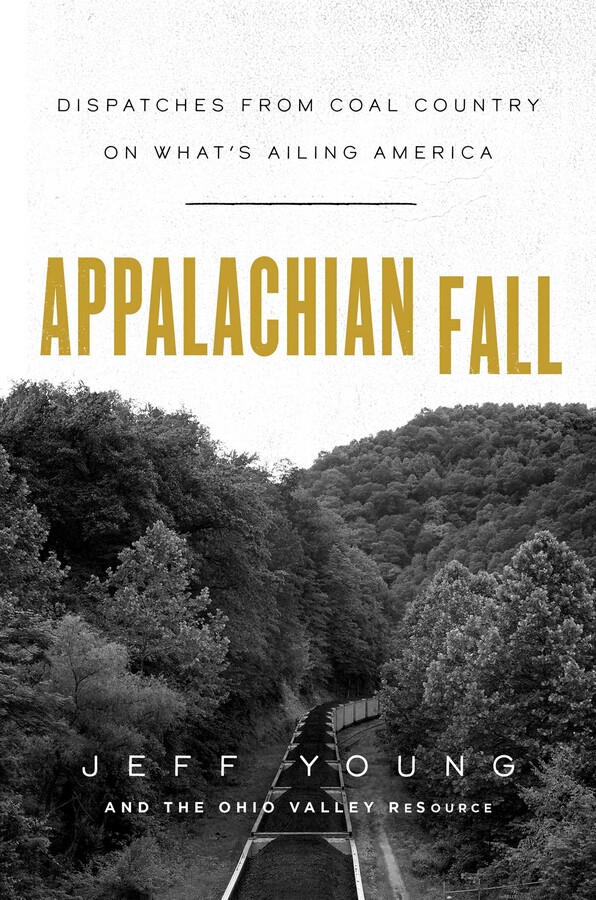News
Remembering A Miner Who Personified Coal’s Contributions And Costs
By: Jeff Young | Ohio Valley ReSource
Posted on:
Charles Wayne Stanley ran underground mining machines for some 20 years, cutting coal from beneath the hills where Virginia meets Kentucky along the Cumberland ridge. He spent another decade as a roof bolter, work that kept the rock above from falling in on his fellow miners.
Stanley was 53 when the Ohio Valley ReSource and NPR’s Howard Berkes first interviewed him in 2016. As he spoke about his long career in coal his pride in the work was clear.
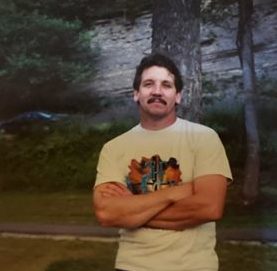
“Without coal there would have been no industrial revolution, there would be no New York City, no L.A., nothing,” he continued, “if it hadn’t come from the backs of a coal miner.”
That notion — that the country needed to acknowledge what coal miners, their families and communities have contributed — became a central theme in the ReSource book, “Appalachian Fall.” Among the years of material collected from interviews in coal communities, it was Stanley who best gave voice to that idea. He is the first person to appear in the book’s opening chapter.
Stanley also embodied the risks of a life in mining and the unpaid costs that the coal industry is now leaving behind in communities across Appalachia, costs measured in scarce jobs, scarred land, and damaged lungs.
Stanley made his point of pride about miners while seated in the Stone Mountain Health Services clinic in Virginia, which serves miners with black lung. He had been diagnosed with the worst form of the disease.
Stanley’s story poses some tough questions about what the country owes to those who helped to power and build a nation, and he had a few questions of his own.
“Well let me ask you something,” Stanley challenged the reporters. “Have you raised a family? You’ll do whatever it takes to make a living for your family. And that’s exactly what we done.”
Safety v. Production
Coal mining’s risks usually get national attention only in the wake of a disaster such as an explosion or collapse. But it was the daily risk from breathing dust that took a toll for Stanley. As NPR investigative reporter Howard Berkes revealed, that dust became even more hazardous for many Appalachian miners as the remaining coal seams grew thinner and miners cut through more rock. The rock dust included dust from the silica in quartz, which is far more toxic than coal dust alone.
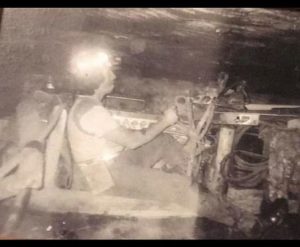
“It’s a joke,” Stanley said. “They’ll holler safety, safety, safety on the outside. But underground it’s production, production, production. That’s the way it is.”
As Stanley saw it, many safety measures were, in practice, impossible for miners to really use if they were to meet the demands of the job: filters would clog, masks would fog, monitors would fail. And if that meant slowing the pace of cutting coal, the worker faced some tough decisions.
“You put it on the person, the companies will find a way to get around it,” he said. “They always have, they always will.”
As the scale of black lung’s resurgence became apparent, a panel from the National Academy of Sciences reviewed existing practices and, like Stanley and many other miners, found them lacking. The Academies’ 2018 report called for the coal mining industry to make a “fundamental shift” in the way it controls exposure to coal and rock dust in order to prevent lung disease among miners.
Two years later there is little indication that the industry or the agency tasked with regulating mine safety are responding to that recommendation in any substantial way.
Meanwhile, the systems intended to provide a safety net for sick miners and their families are also at risk. A tax on coal companies that supports the federal black lung trust fund was briefly reduced, despite a multi-billion-dollar shortfall in the fund. Even with the tax temporarily restored, analysts warn the fund still faces tremendous deficits.
And at the state level, miners in Kentucky may face additional hurdles if they need black lung benefits. Even as the number of cases of advanced black lung disease grew in Kentucky, state lawmakers approved a controversial change in 2018 to the process that qualifies miners for black lung benefits. Physicians opposed the change, warning that it could prevent miners from getting access to care and assistance.
An analysis by the ReSource earlier this year suggests that those physicians were right. State records show that since lawmakers changed the rules, the percent of Kentucky miners diagnosed by state-approved experts as having the disease fell from 54 percent to just 26 percent.
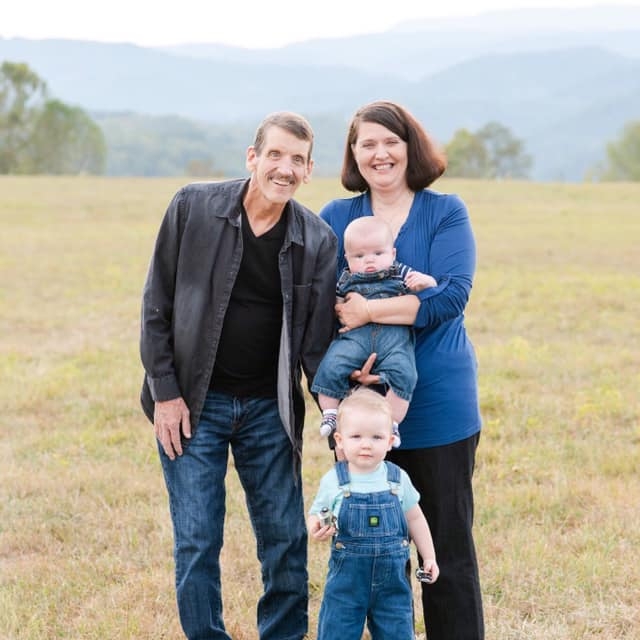
“The Last Mile”
By the time of the 2016 interview, Stanley was disabled and no longer mining. He was diagnosed with progressive massive fibrosis, the worst form of black lung.
“Staying on oxygen twenty-four-seven. Dying of suffocation. That’s what I got to look forward to,” he said. “I’ve seen it too many times in coal miners.”
Coal runs deep in the Stanley family and so do the ravages of black lung.
“My wife’s grandpa, watched him die, watched him take his last breath, eat up with black lung. I watched my uncle die,” he said. “You literally suffocate because you can’t get enough air.”
In addition to black lung, Stanley was also being treated for cancer. On August 16 Stanley died. He was 57 years old.
Serena Stanley, who called her husband Wayne, wrote that, “Wayne was a simple man and he loved three things in this order: He loved the Lord. He loved his family. He loved to run coal.”
She asked his former workmates to come to the funeral in their stripes and work boots. “I want those men who were such a part of his life to carry him the last mile he has to go,” she wrote.
Even though the risk of coronavirus is especially great for miners with impaired lungs, they took the precautions they needed and made the trip to be there to carry his casket.
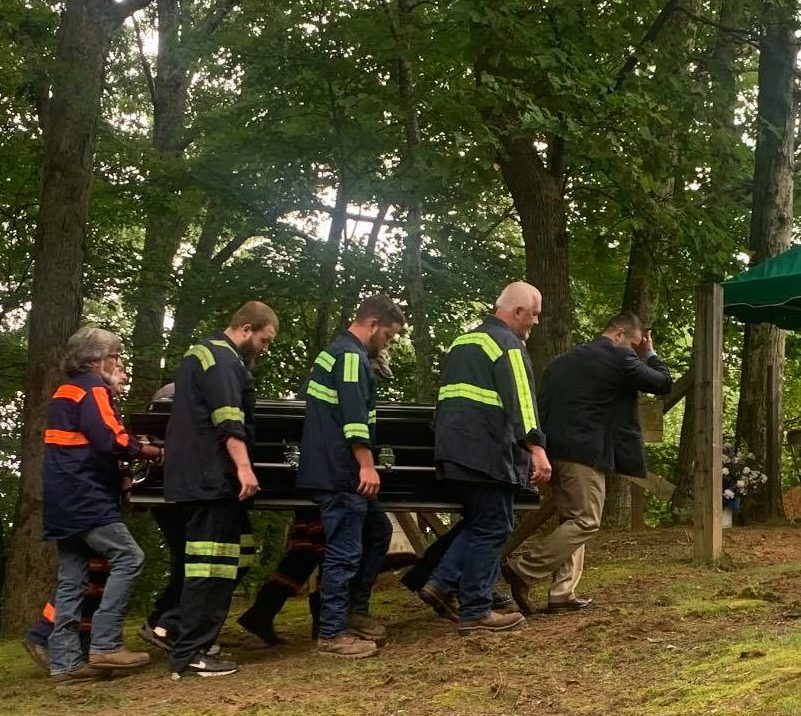
Despite rhetoric of a “coal comeback” it has long been clear that the jobs are not returning. And if there were any lingering questions about that, the pandemic has put those to rest.
In that 2016 interview, Stanley returned to his point about what the nation owes to miners.
“It’s time that we be recognized for what we have contributed,” he said.
That recognition involves facing some big questions about the future of a region where the Stanleys and many other families made a living by mining. What costs will mining families and communities have to bear? And will the country that miners like Stanley helped to build, in turn, now help to rebuild coal country?
